 The Gibson
The Gibson
The pearl onion in London's oyster
There are several origin stories to the Gibson Cocktail, a Prohibition-era classic. The most widely accepted is that popular artist Charles Dana Gibson challenged a bartender in his local New York members club, The Players, to improve upon the classic martini. An olive was replaced by a pickled pearl onion and viola! the Gibson was born.
But The Gibson bar on Old Street is more redolent of the artist's illustrated women than his simple eponymous cocktail. Gibson Girls, as they are known by appreciators and collectors, are Charles' early century pin up girls, society ladies with languid expressions, high-piled soft coifs, and disdainful eyes. My grandparents had a print of three of them hung in a corridor that made me flinch whenever I passed. They looked so polished and knowing, gazing down at me from on high, their perfect features and Mona Lisa smirks emerging from the dark, obscured background with stunning subtlety. Totally intimidating, and yet I was never able to avoid their heavily lidded stares.
The Pernod green tiled brick facade of The Gibson bar is a suitable frame for a similarly darkened and alluring interior. Live piano music dances jauntily out into the night air seducing passers-by like myself. (I was vaguely aware the bar had been given the number 6 spot in the world by Drinks Magazine 2016 50 Best Bars Awards, but eight other London watering holes also made the cut. I’d made no particular plans to visit.) Once inside, the effect is full. The small space is intimate, but not at all crowded. Through decor, uniqueness and quality, it achieves a speakeasy ambience without any of that password-on-the-door gimmickry. Servers are attentive but don't over-explain, preserving the mystery of the place. The interior is even more shadowy than its stock press photos suggest - all striated light from antique sconces and coloured glow bleeding through liquor bottles at the bar like an illicit stained-glass window. High, spindly tables near the bar offer a great view of the scene, and the mixologists’ handiwork, but sinking into the long booth that runs the venue’s length feels more appropriate.
The 30-page menu is practically a novella - or perhaps a libretto to the tune of the pianist's hammering. Though cocktail descriptions are pithy - simply a list of extravagant ingredients - there are scores of them and the menu is interspersed with literary references, histories of imbibing and some modernised versions of Gibson's drawings. Several ingredients sound made up, like rosewood smoke, but that cocktail is actually served with a furling side of incense that really does enhance its flavour. Other inexplicable components include a forest bee skeleton, edible beer soap bubbles, and warm feijoa snow. In addition to these bizarre ingredients are the rare and wonderful, like lavender and violet white port, gingko bitters, and lemon tagine spice. I sampled the Electric Earl (served in a glass shaped like a light bulb to which is clothespinned a mini bouquet of edible leaves) and the Hummingbird. As grand as the latter’s list of ingredients makes it sound, it is still an understatement for the actual product. My deep conical glass was glossed in edible gold paint, then rolled in tiny dried wildflowers, filled with a heavenly elixir of St. Germain and rose hip wine and garnished with a real peacock feather. All cocktails are served with a jar of gherkins and the classic pickled onion. Small plates of cheeses, nuts and crackers are available but feel lacklustre and overpriced in comparison to the drinks.
The selection is so extensive, in fact, it would behove patrons to read the online menu beforehand if in a hurry. Not that an evening at The Gibson is an experience that should be rushed. Open until 2 am on weekends and 1 am during the week, it is the perfect spot for an adventurous but relaxed nightcap.
Occupying a corner space between Old Street and Clerkenwell, The Gibson isn’t totally unlike a local pub or corner shop that could have shared the location. Its extravagance doesn’t feel overwhelming or pretentious, but curated and welcoming; its slight removal from the stuffiness of bars in the City and distance from trendiness found further along Old Street assures that the space makes its own success. The Gibson’s distinctive, innovative flavour, much like Charles Dana’s revolutionary pearl onion, is sure to be one that lasts in London’s ever-changing bar scene.
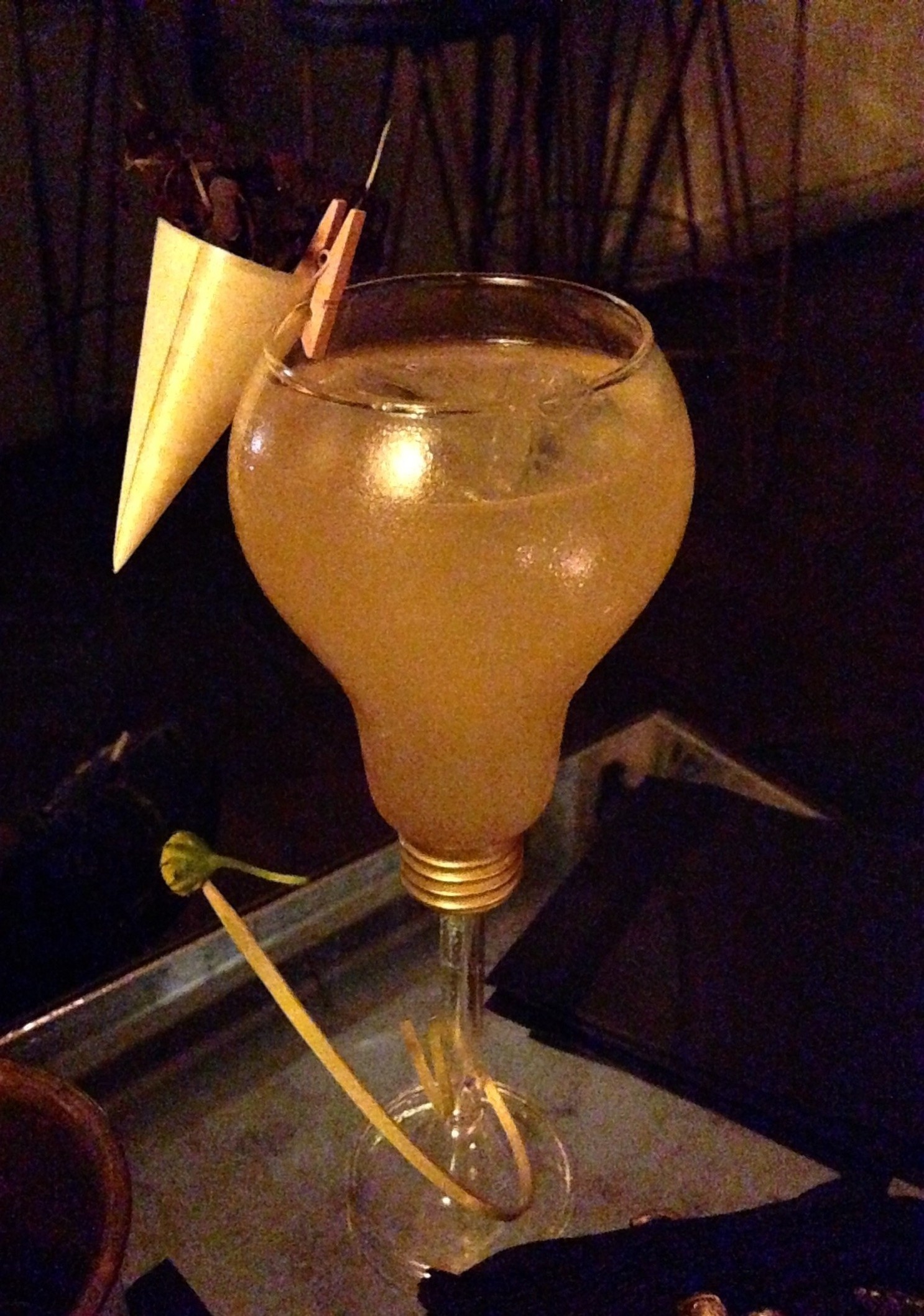

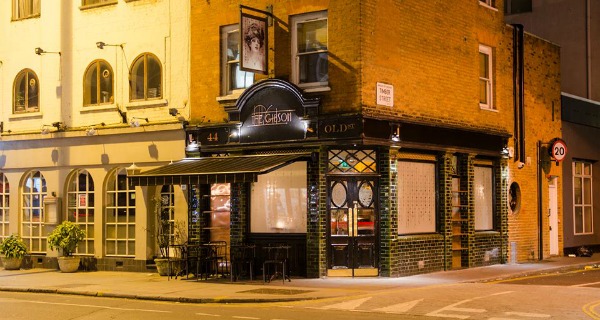
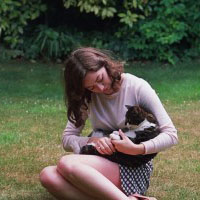
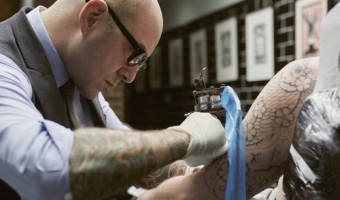
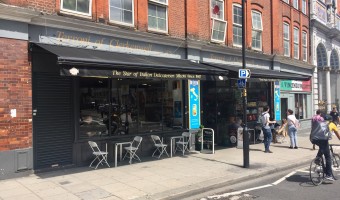
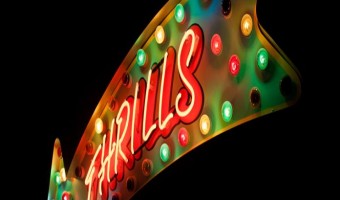
 Load more triptoids
Load more triptoids